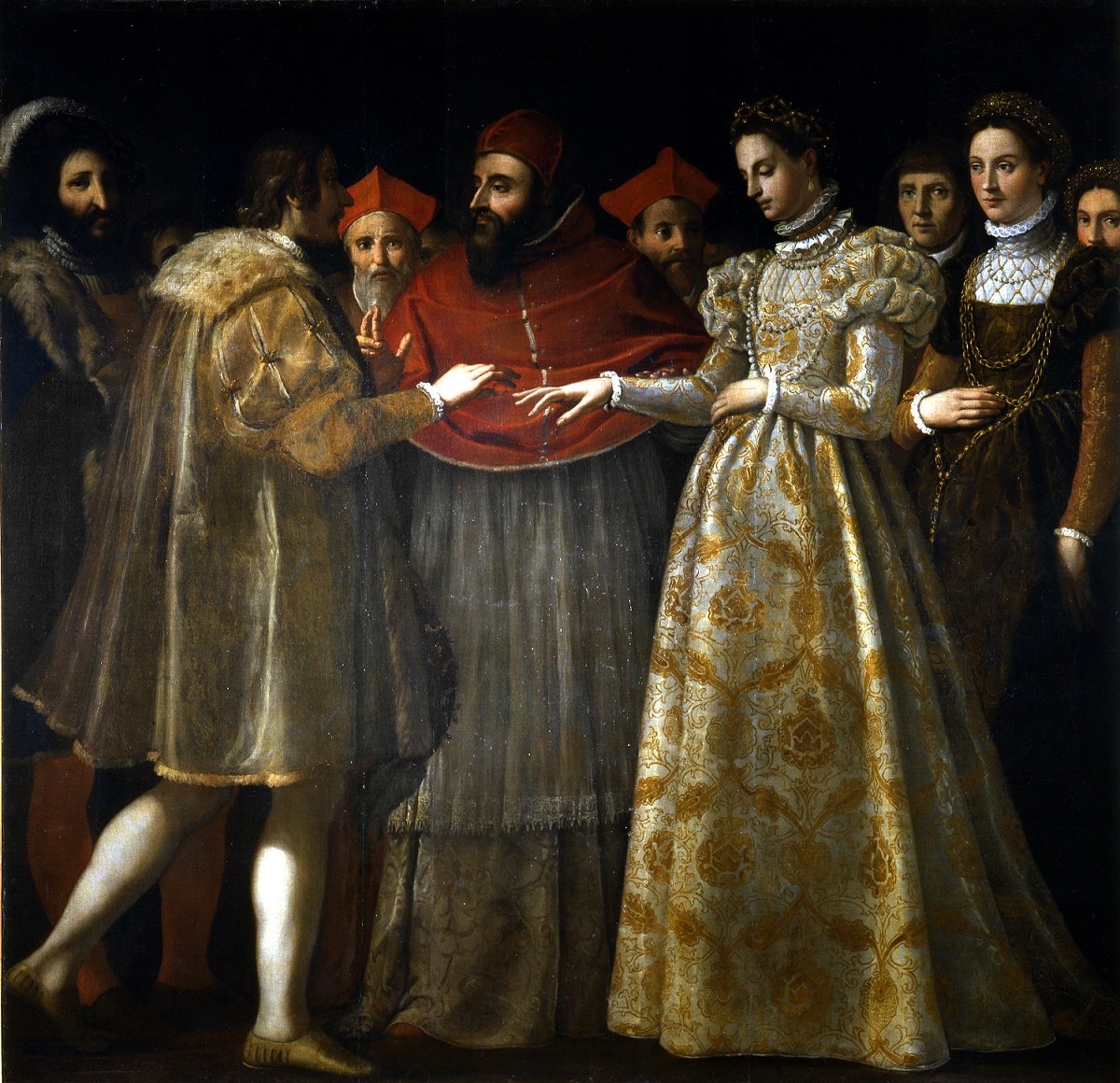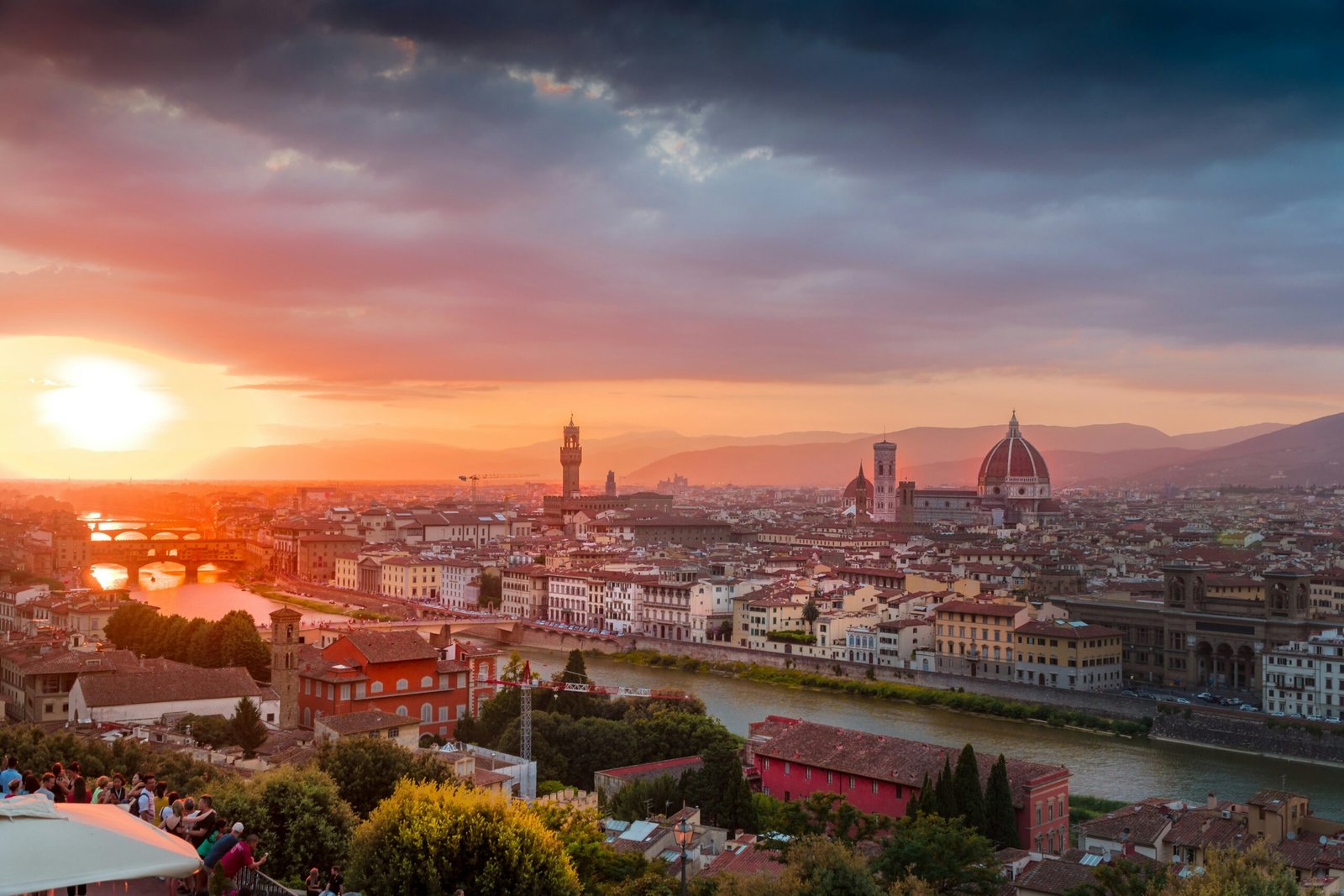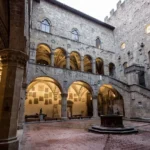Introduction: Unveiling the Masterpieces of the Uffizi Gallery
Nestled in the heart of Florence, the Uffizi Gallery stands as a testament to the rich artistic heritage of Italy. For centuries, this renowned museum has captivated art enthusiasts and scholars alike with its unparalleled collection of masterpieces. As a Florentine art historian deeply rooted in this city’s cultural tapestry, I am delighted to guide you through the corridors of the Uffizi and reveal the stories behind its most iconic works of art.
History and Architecture of the Uffizi Gallery
To truly appreciate the Uffizi Gallery, one must first understand its fascinating history. Commissioned by Cosimo I de’ Medici in 1560, the Uffizi was initially designed by Giorgio Vasari as government offices (uffizi means “offices” in Italian). Over time, the structure evolved into a repository of artistic treasures, thanks to the Medici family’s patronage of the arts.
The architecture of the Uffizi itself is a masterpiece. Its long, narrow layout and expansive windows allow natural light to illuminate the artworks—a deliberate choice by Vasari to showcase these masterpieces in the best possible light. The gallery’s strategic location between the Palazzo Vecchio and the Arno River underscores its historical significance within Florence’s urban fabric.
The Medici Legacy: A Tale of Art and Patronage

At the heart of the Uffizi Gallery lies the legacy of the Medici family, who played a pivotal role in shaping Renaissance art. Through their patronage, the Medici supported some of the greatest artists of their time, including Leonardo da Vinci, Michelangelo, and Botticelli. As you wander through the halls of the Uffizi, you’ll encounter works that exemplify this golden age of creativity.
Masterpieces of the Uffizi: Highlights and Insights
The Uffizi Gallery boasts an astonishing array of masterpieces spanning centuries of artistic achievement. Let’s delve into some of the highlights that define this iconic institution:
- The Birth of Venus by Sandro Botticelli: This ethereal painting, depicting the goddess Venus emerging from the sea, is one of the most celebrated works of the Renaissance. Botticelli’s use of delicate lines and soft colors encapsulates the era’s fascination with classical mythology.
- The Annunciation by Leonardo da Vinci: Leonardo’s innovative approach to perspective and composition is on full display in this luminous depiction of the Annunciation. The painting showcases his mastery of light and shadow, prefiguring the techniques that would later define the High Renaissance.
- Madonna of the Goldfinch by Raphael: Raphael’s tender portrayal of the Virgin Mary with the Christ Child and John the Baptist exudes serenity and grace. The painting’s harmonious composition and emotional depth exemplify Raphael’s unparalleled skill as a portraitist.
- The Sacrifice of Isaac by Caravaggio: Caravaggio’s dramatic chiaroscuro technique takes center stage in this gripping biblical scene. The painting’s raw emotion and stark realism reflect the Baroque era’s departure from idealized forms.
Each of these masterpieces invites contemplation and appreciation, offering profound insights into the artistic evolution of Western civilization.
Navigating the Uffizi: Tips for Visitors
Visiting the Uffizi Gallery can be an overwhelming experience, given the sheer volume of artworks on display. Here are some practical tips to make the most of your visit:
- Plan Ahead: Book your tickets in advance to avoid long queues, especially during peak tourist seasons.
- Focus on Highlights: Prioritize the must-see works, but also allow yourself time to discover lesser-known gems.
- Take Breaks: The Uffizi can be physically demanding due to its size. Take breaks to rest and reflect on what you’ve seen.
- Engage with Guides: Consider hiring a knowledgeable guide to provide context and insights into the artworks.
Conclusion: The Enduring Appeal of the Uffizi Gallery
In conclusion, the Uffizi Gallery is not merely a repository of art; it is a living testament to the ingenuity and passion of generations of artists. Its significance extends beyond Florence, embodying the universal quest for beauty and meaning through artistic expression.
As a Florentine art historian, I encourage you to embark on your own journey of discovery at the Uffizi Gallery. Immerse yourself in its unparalleled collection, and let the timeless beauty of these masterpieces inspire and enrich your understanding of art and culture.
Unlock the secrets of the Uffizi Gallery and experience the magic of Florence’s artistic heritage—one brushstroke at a time.








